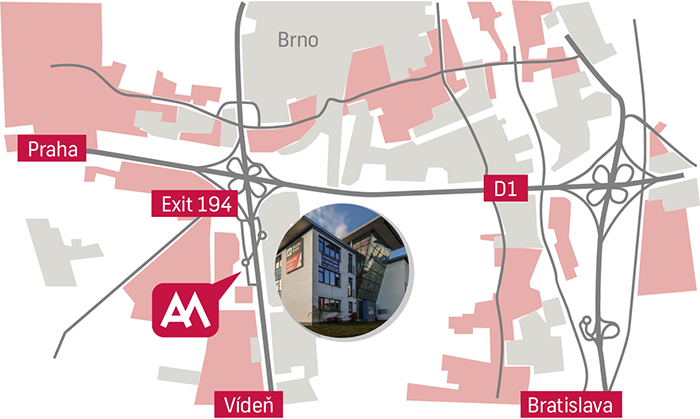
Alena Lochmanová
Office manager
Zákaznická linka
(Po-Pá od 8.00 - 16.30):
+420 721 737 697
info@ampersavings.cz
Datová schránka:
gu5rh2e
Sídlo společnosti a kanceláře v Brně:
Vídeňská 134/102
619 00 Brno - Dolní Heršpice
Kanceláře v Praze:
Pobřežní 620/3
186 00 Praha - Karlín
Obchod:
obchod@ampersavings.cz
Dispečink:
dispecink@ampersavings.cz
